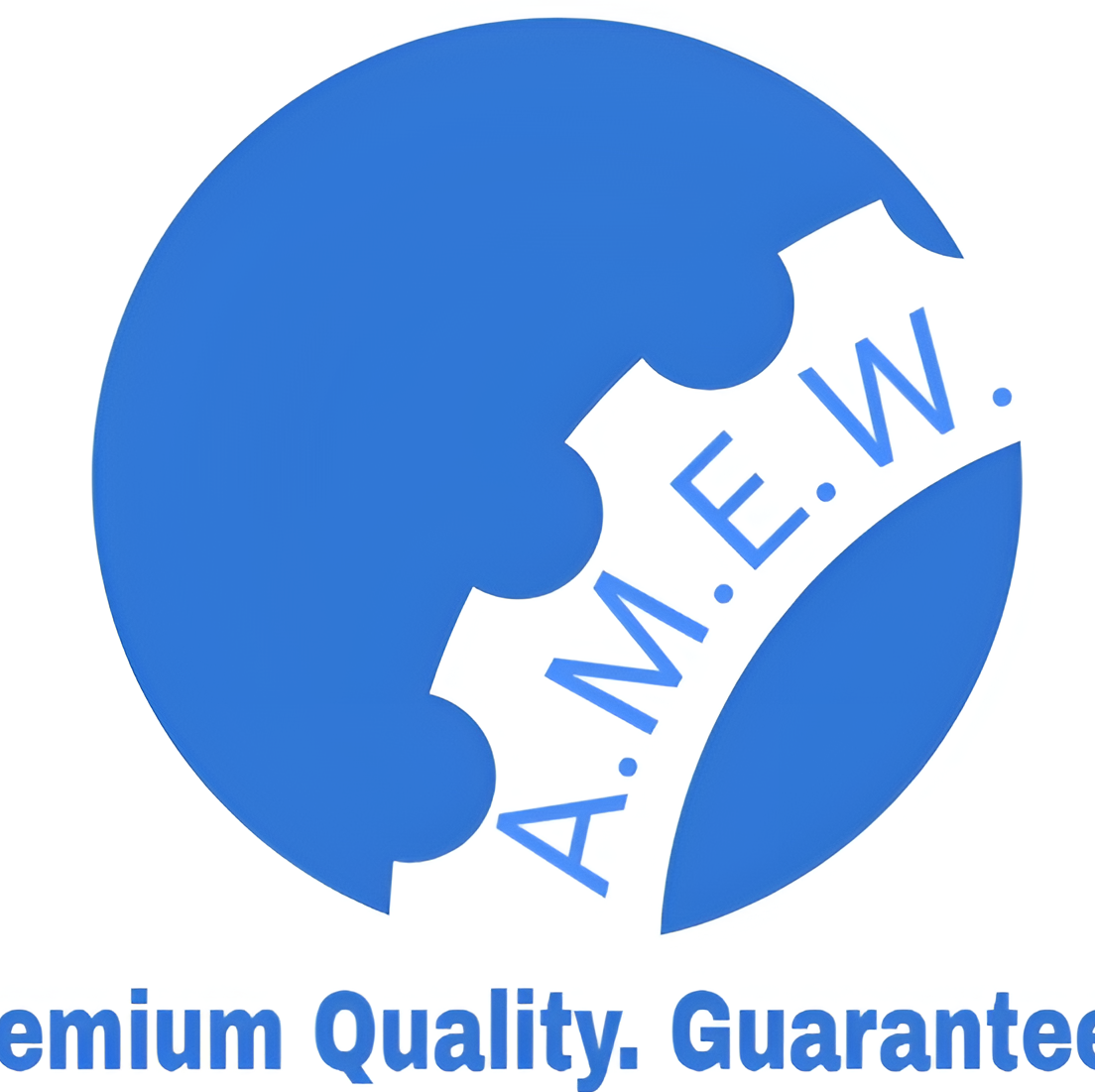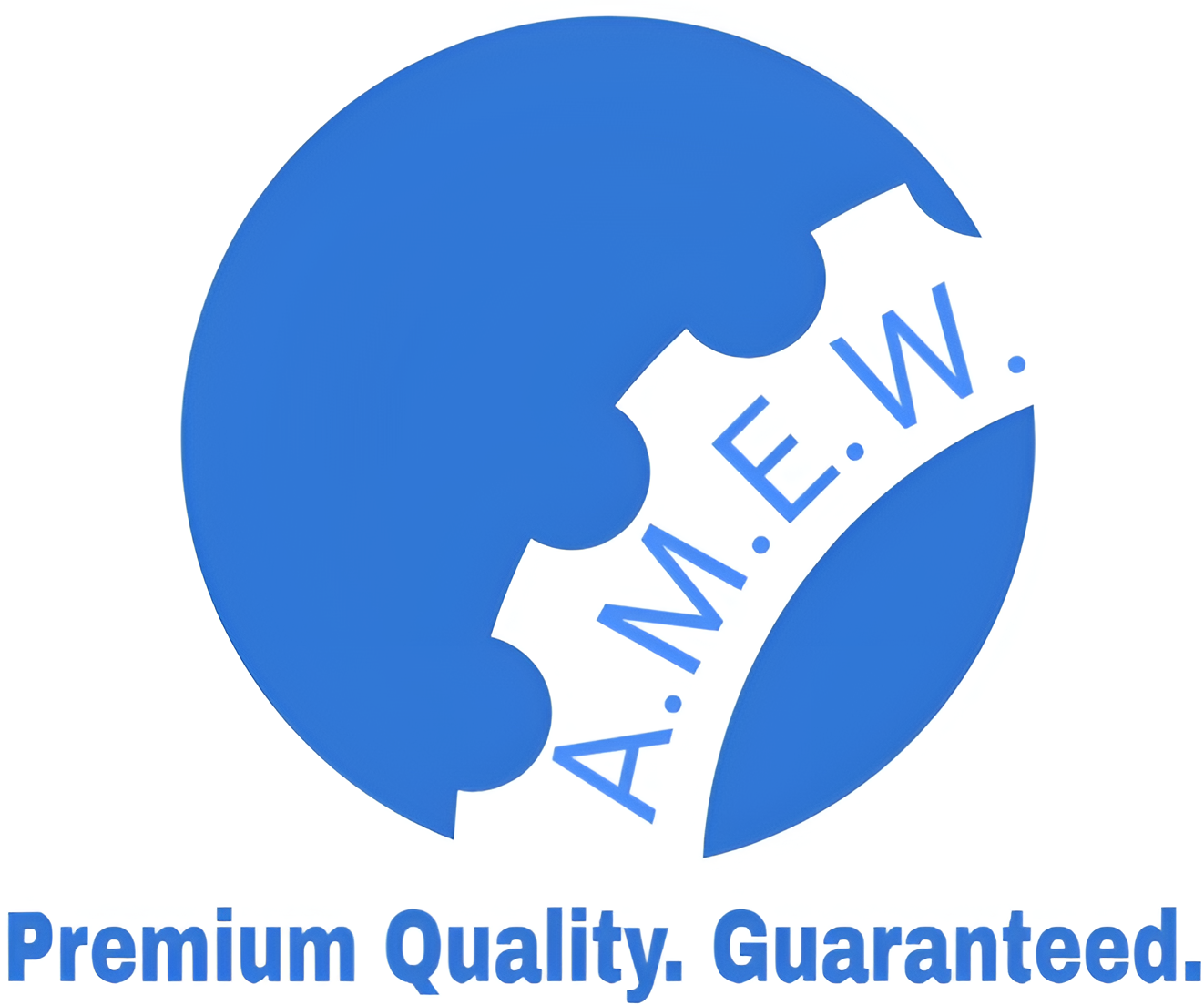The Complete Guide to Plate Work Rolls for Metallurgists and Engineers
Introduction to Plate Work Rolls
Plate work rolls are a critical component in the steel and manufacturing industries, playing an essential role in the production and shaping of metal sheets. These cylindrical tools are used primarily in rolling mills to thin and shape metal plates, yielding the precise dimensions required for applications in automotive, construction, aerospace, and other key sectors.
The performance and durability of plate work rolls significantly impact the quality and efficiency of metalworking operations. Whether as part of a hot rolling process to form large, structural beams or a cold rolling procedure to refine a sheet’s thickness and surface finish, plate work rolls ensure precise, repeatable results.
This blog will offer a deep-dive exploration into plate work rolls, their materials and design, and how to optimize their performance. We’ll also cover maintenance best practices and future innovations, helping you make strategic decisions for your operations.
Types of Plate Work Rolls
Different applications demand specialized plate work rolls. The choice of material, design, and manufacturing process directly influences the tool’s durability and effectiveness.
Materials Used in Plate Work Rolls
- Cast Iron Rolls
Cast iron remains a widely used material due to its affordability and excellent wear resistance. These rolls perform well in lower-temperature applications such as skin pass rolling.
- Forged Steel Rolls
Forged steel rolls are highly durable and are commonly used in high-temperature processes because of their strength and thermal stability.
- Composite Rolls
Composite rolls are becoming popular due to their layered structure, combining a tough core with a wear-resistant outer material. They offer the best of both worlds, balancing durability and flexibility.
- Tool Steel Rolls
Tool steels are used in demanding applications, thanks to their extraordinary hardness and wear resistance. These rolls excel in severe cold-rolling environments.
Design and Manufacturing Processes
- Roll Crown and Profile
The roll’s profile and crown are carefully tailored to regulate pressure distribution during rolling. This ensures consistent thickness across the plate and minimizes defects like edge waves.
- Heat Treatment
Proper heat treatment plays a critical role in achieving the desired hardness and microstructure. Techniques like induction hardening and quenching are applied to boost wear resistance while maintaining the roll’s toughness.
- Surface Finish
The surface finish of a roll directly impacts the quality of the plate produced. Precision grinding and polishing operations ensure the roll’s surface is smooth and consistent.
Performance Factors for Plate Work Rolls
Selecting the right plate work rolls requires a deep understanding of three key performance factors:
1. Hardness
Hardness defines a roll’s resistance to wear and deformation. Rolls with higher hardness last longer but may become brittle under extreme loads. Achieving an optimal balance between hardness and ductility is crucial.
2. Toughness
Toughness reflects a roll’s ability to absorb impact without cracking. Rolls used in heavy-duty applications such as hot plate rolling require superior toughness to withstand extreme mechanical and thermal stresses.
3. Wear Resistance
Wear resistance is vital for rolls exposed to abrasive conditions. Material selection (e.g., high-chromium steel) and surface treatments (e.g., nitriding or coating) can significantly enhance this property.
Maintenance and Best Practices
Proper maintenance ensures that plate work rolls achieve their full operational lifespan, reducing downtime and repair costs.
1. Regular Inspection
Inspect rolls periodically for surface cracks, wear patterns, and dimensional tolerances. Early detection of issues can prevent catastrophic failures during operations.
2. Repair and Regrinding
Worn or damaged rolls can often be repaired through regrinding, a process that restores the surface finish and geometry. Ensure the regrinding process aligns with the original design specifications.
3. Storage
Proper storage is critical to prevent rusting or warping. Rolls should be stored in a clean, dry environment, preferably on specially designed racks that distribute weight evenly.
Innovations and Future Trends in Plate Work Rolls
The steel industry is rapidly advancing, and plate work rolls are no exception. Technological progress and material innovations are shaping the future of these critical components.
1. Advanced Materials
Researchers are exploring new alloys and coated materials to enhance the wear resistance and thermal performance of rolls. For instance, carbide-based coatings are being used to increase surface durability.
2. Smart Roll Technology
Digital advancements are integrating sensors into plate work rolls, enabling real-time monitoring of temperature, stress, and wear. This data allows for predictive maintenance and operational optimization.
3. Automation and AI
AI-driven rolling mills are leveraging data analytics to optimize roll usage. By analyzing performance data, manufacturers can make real-time adjustments to pressure and temperature during rolling.
Case Studies: Real-World Applications
Success in Cold Rolling Operations
A leading automotive supplier faced frequent downtime due to premature wear of rolls during cold rolling. By switching to composite rolls with advanced coatings, the company achieved a 30% increase in roll lifespan and reduced production delays.
Hot Rolling Efficiency
A steel mill optimized its production by implementing digitally monitored rolls. The sensors provided early warnings of excessive heat build-up, preventing damage and reducing costly repairs by 40%.
Maximizing Plate Work Roll Performance
Plate work rolls are a vital element in manufacturing processes, directly influencing product quality and plant efficiency. By understanding the materials, design, performance factors, and maintenance practices, manufacturers can maximize roll upgrades that reduce costs and elevate productivity.
Adding to this, future innovations like smart roll technology and automation are set to redefine steel production as we know it. For organizations looking to stay competitive, the integration of advanced plate work rolls offers a clear path forward.
For more resources on optimizing your metalworking operations and adopting cutting-edge technologies, visit our website or contact our team today.
.

